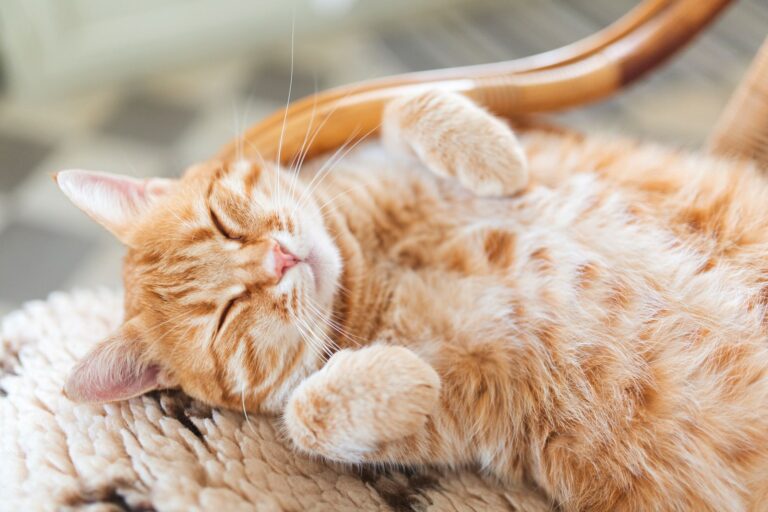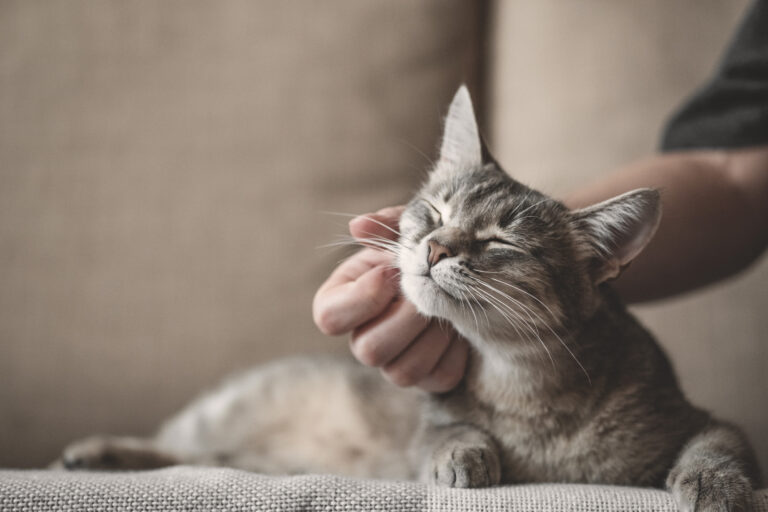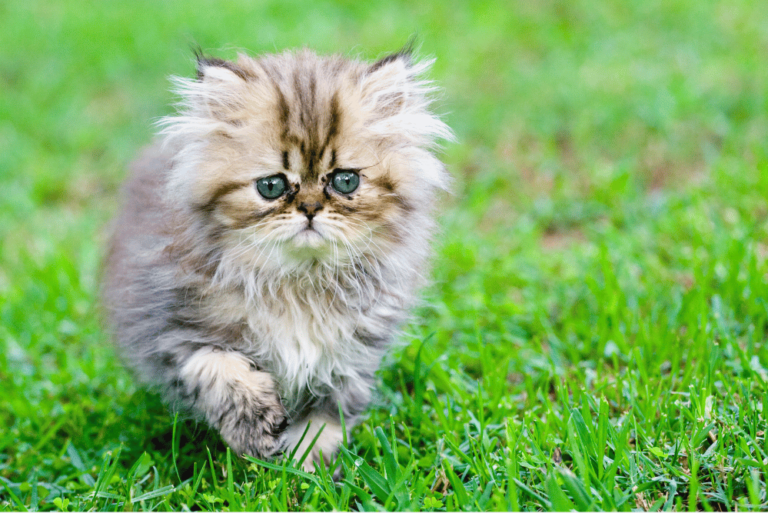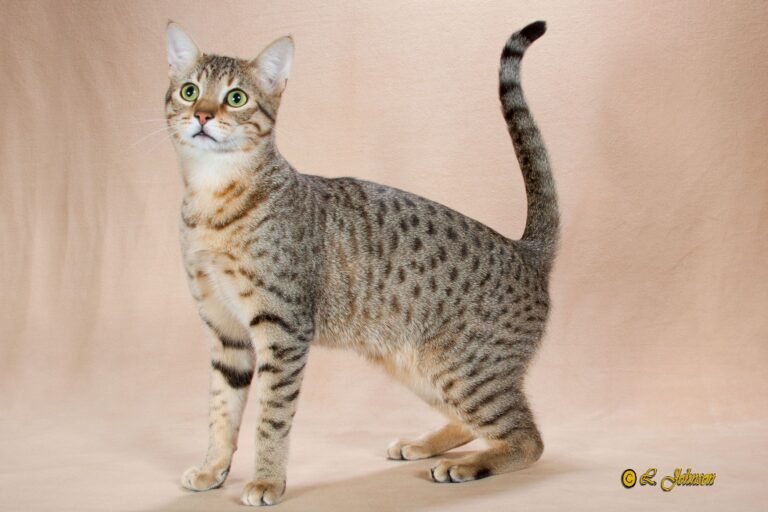Reproductive anatomy in felines
The Role of Hormones in Feline Reproduction
Hormones play a crucial role in feline reproduction, influencing various processes that are essential for successful mating and pregnancy. The female cat’s reproductive system is regulated by hormones such as estrogen and progesterone. Estrogen is responsible for the development of secondary sexual characteristics in female cats, including the enlargement of the mammary glands and the thickening of the lining of the uterus in preparation for potential pregnancy. Progesterone, on the other hand, helps regulate the estrous cycle and promotes the maintenance of pregnancy.
In male cats, testosterone is the key hormone involved in reproductive function. It is responsible for the development of the male reproductive organs, such as the testes and accessory glands. The presence of testosterone also stimulates sexual behaviors and drives the production of sperm in the testes. Without the appropriate hormonal balance, both female and male cats may experience difficulties in mating, conception, and gestation. Understanding the role of hormones in feline reproduction is essential for breeders, veterinarians, and cat owners to ensure the health and well-being of their feline companions.
The External Reproductive Organs of Female Cats
The external reproductive organs of female cats play a crucial role in their reproductive functions. One such organ is the vulva, which is the external opening of the reproductive tract. Located beneath the tail, the vulva consists of two soft folds of skin that protect the internal reproductive structures. During estrus, or the heat cycle, the vulva may become enlarged and reddened, indicating the cat’s readiness to mate. It is important for owners to be aware of these changes and monitor their female cats during this time.
Another external reproductive organ is the urethral opening, which is located beneath the vulva. This opening serves as the passage for urine to leave the body and is separate from the vagina, which is the passage for mating and giving birth. The urethral opening is smaller and less prominent than the vulva but is equally significant in the overall reproductive process of female cats. It is essential for maintaining the urinary system’s health and preventing urinary tract infections. Understanding the external reproductive organs of female cats is vital for owners to ensure the well-being and reproductive health of their feline companions.
The Internal Reproductive Organs of Female Cats
The internal reproductive organs of female cats play a crucial role in the feline reproductive process. These organs are located within the abdomen and consist of the ovaries, uterine tubes, uterus, and vagina.
The ovaries are responsible for producing the female cat’s eggs, known as ova. Each ovary is small and oval-shaped, and it houses numerous follicles that contain these ova. During a cat’s reproductive years, which typically begin around six to nine months of age, the ovaries release mature ova in a process called ovulation. The uterine tubes, also known as fallopian tubes, are connected to the ovaries and serve as conduits for the ova to travel from the ovaries to the uterus. These tubes have finger-like projections called fimbriae that help capture the released ova and guide them towards the uterus.
The Estrous Cycle: Understanding Feline Reproductive Phases
The estrous cycle, also known as the heat cycle, is a vital aspect of feline reproductive behavior. This cycle consists of several distinct phases that a female cat goes through in order to successfully reproduce. Understanding these reproductive phases is crucial for both cat owners and breeders to ensure the health and well-being of their feline companions.
The estrous cycle can be divided into four main phases: proestrus, estrus, metestrus, and diestrus. During proestrus, female cats may display behavioral changes such as increased affection towards male cats, restlessness, and vocalization. This phase typically lasts for one to two days. Estrus, which is the most fertile phase, follows proestrus. During this period, female cats may exhibit behaviors such as rolling on the floor and raising their hind end. It is essential to note that a female cat can be sexually receptive to multiple males during estrus, increasing the chances of successful fertilization. The stages of the estrous cycle play a crucial role in the reproductive process and should be carefully observed by cat owners and breeders alike.
Feline Male Reproductive Anatomy: The Testes and Accessory Glands
The testes are an essential part of the feline male reproductive system. These small, oval-shaped organs are located within the scrotum, a sac-like structure situated outside the body cavity. One of the main functions of the testes is the production of sperm, the male reproductive cells necessary for fertilization. Through a process called spermatogenesis, the testes continuously generate millions of spermatozoa. This intricate process involves the division and maturation of germ cells within the seminiferous tubules of the testes. Once fully developed, the spermatozoa are released into the epididymis for storage and further development.
Apart from sperm production, the testes also play a crucial role in the secretion of hormones. They produce testosterone, the primary male sex hormone responsible for the development and maintenance of male sexual characteristics. Testosterone contributes to the growth and functioning of the accessory glands associated with the male reproductive system. These accessory glands, such as the prostate gland and seminal vesicles, produce fluids that nourish and transport sperm during ejaculation. These fluids, together with spermatozoa, form semen, which is ejaculated during sexual activity. The testes, therefore, hold significant importance in both the production of sperm and the regulation of hormonal activity in feline males.
Understanding Feline Ovaries and Their Function
The ovaries play a crucial role in the reproductive system of female cats. These small, oval-shaped organs are located deep within the abdominal cavity and are responsible for producing and releasing eggs for fertilization. The function of the feline ovaries is regulated by hormones, specifically the follicle-stimulating hormone (FSH) and luteinizing hormone (LH), which are secreted by the pituitary gland in the brain.
During the estrous cycle, which is the reproductive cycle in cats, the ovaries undergo various changes. Each cycle, typically lasting around 14 to 21 days, involves the development and maturation of follicles within the ovaries. These follicles contain the eggs and are stimulated by FSH. Once the follicles mature, they release eggs into the fallopian tubes, where fertilization can occur. Additionally, the ovaries are also responsible for producing the hormones estrogen and progesterone, which are vital for maintaining pregnancy and regulating the reproductive cycle.
The Process of Fertilization in Female Cats
During the process of fertilization in female cats, several important steps occur that ultimately lead to the development of embryos. The process begins with the release of mature eggs from the ovaries, a process known as ovulation. Typically, female cats experience multiple ovulations during their reproductive cycle, meaning they release more than one egg during each cycle. These mature eggs then travel through the fallopian tubes, also known as the oviducts, where they wait to be fertilized by sperm.
Once the eggs are in the fallopian tubes, a male cat’s sperm will enter the female cat’s reproductive tract through copulation. The sperm, released during mating, overcomes the various barriers within the reproductive tract to reach the eggs. If the sperm successfully reaches the eggs and fertilization occurs, the genetic material from the sperm combines with the genetic material of the egg, resulting in the formation of a zygote. This zygote then begins to divide and develop, eventually forming an embryo. The embryo will continue to develop and ultimately implant in the uterus, beginning the process of gestation.
Gestation in Felines: From Conception to Birth
The gestation period in felines, from conception to birth, is an intricate process that spans an average of 63 to 65 days. Once fertilization occurs within the female cat’s reproductive tract, the development of the embryos begins. During this crucial stage, the fertilized eggs migrate into the uterine horns, where they latch onto the uterine lining and embed themselves. From here, the embryos rapidly divide and develop into kittens.
As the embryos develop, they receive nourishment from the mother through a structure called the placenta. The placenta, which is formed by the joining of the tissues of the mother and the embryos, is responsible for the exchange of nutrients, oxygen, and waste products between the maternal and fetal bloodstreams. This intricate connection allows the developing kittens to receive the necessary nutrients for their growth and development.
Throughout the gestation period, the female cat may undergo noticeable changes. Physically, her abdomen may gradually enlarge as the kittens grow inside her. Additionally, her nipples may become more prominent and often exhibit a pinkish coloration. This change is due to the increased blood flow in preparation for nursing the newborn kittens. The expectant mother may also experience hormonal changes that influence her behavior, causing her to become more protective and seek out quiet and secluded areas in preparation for giving birth.
What role do hormones play in feline reproduction?
Hormones play a crucial role in feline reproduction, as they regulate the reproductive cycle and control the release of eggs from the ovaries, the development of the uterine lining, and the maintenance of pregnancy.
Can you explain the external reproductive organs of female cats?
Female cats have external reproductive organs including the vulva, which is the external opening of the reproductive tract, and the clitoris, which is the small sensory organ located near the vulva.
What are the internal reproductive organs of female cats?
Female cats have internal reproductive organs including the ovaries, which produce eggs, the uterus, which is where the fertilized eggs develop into kittens, and the vagina, which connects the uterus to the external opening.
How does the estrous cycle affect feline reproductive phases?
The estrous cycle is the reproductive cycle in female cats, consisting of four phases: proestrus, estrus, metestrus, and diestrus. Each phase is characterized by specific hormonal changes and behaviors, such as the release of eggs during estrus.
What is the male reproductive anatomy in felines?
Feline male reproductive anatomy includes the testes, which produce sperm, and the accessory glands, such as the prostate gland and seminal vesicles, which produce seminal fluid that nourishes and transports the sperm.
What is the function of feline ovaries?
The ovaries in female cats are responsible for producing eggs, as well as the hormones estrogen and progesterone, which are essential for the reproductive cycle and pregnancy.
How does fertilization occur in female cats?
Fertilization in female cats occurs when sperm from a male cat meets an egg in the fallopian tube. The sperm penetrates the outer layer of the egg, resulting in the formation of a fertilized egg or zygote.
What is the process of gestation in felines from conception to birth?
After fertilization, the fertilized egg implants itself into the uterine lining, where it develops into an embryo. The embryo then undergoes several stages of development, ultimately leading to the birth of kittens after an average gestation period of around 63 days.







